The River Ganges, also known as the Ganga, flows 2,525 kilometers (1,569 mi) from the Himalaya mountains to the Bay of Bengal in northern India and Bangladesh.
The Ganges River begins in the Himalayas’ Gangotri Glacier. The glacier sits at an elevation of 3,892 meters (12,769 feet).
The River Ganges flows through the countries of India and Bangladesh.
For most of its course the Ganges flows through Indian territory, although its large delta in the Bengal area, which it shares with the Brahmaputra River, lies mostly in Bangladesh.
It is the third largest river in the world by discharge.
It is 34th longest river in the world by length.
The average depth of the river is 16 meters (52 feet), and the maximum depth, 30 meters (100 feet).
The major rivers which flow into the Ganges are: Ramganga, Gomti, Ghaghara, Gandaki, Burhi Gandak, Koshi, Mahananda, Tamsa, Yamuna, Son, and Punpun.
The Ganges Basin with its fertile soil is instrumental to the agricultural economies of India and Bangladesh.
The Ganges and its tributaries provide a year round source of irrigation to a large area. Chief crops cultivated in the area include rice, sugarcane, lentils, oil seeds, potatoes, and wheat.
The Ganges basin extends over more than 1 million square kilometers (386,000 square miles). It has the highest population of any river basin in the world. It contains over 400 million people.
The Ganga Basin supports numerous diverse ecosystems, from the alpine forests near Gaumukh to the plains of northern India to the mangrove forests and saline mud flats of West Bengal.
The mouth of River Ganga forms the world’s largest delta, known as Sunderbans, and was declared a World Heritage Site by UNESCO in 1997. It covers more than 105,000 square kilometers (41,000 square miles)
The Ganges was ranked as the fifth most polluted river of the world in 2007.
Pollution threatens not only humans, but also more than 140 fish species, 90 amphibian species.
Ganga is also the home for fresh water dolphins and Ganges sharks, both of which are endangered species with Ganges shark being critically endangered.
Many varieties of birds are found, such as seagulls, mynah birds, parrots, crows, kites, partridges, and fowls. In winter, ducks and snipes migrate south across the high Himalayas, settling in large numbers in water-covered areas.
The Ganges River is extremely important to the people of India as most of the people living on its banks use it for daily needs such as bathing and fishing.
The river flows through 29 cities with population over 100,000, 23 cities with population between 50,000 and 100,000, and about 48 towns.
On the Ganges banks are India’s greatest pilgrimage sites like Rishikesh, Haridwar, Varanasi, Allahabad and Kolkata, which are visited by millions of people from every corner of the world to quench their thirst for knowledge and liberation.
Along the Ganges and its tributaries banks lay countless archeological sites, national heritage sites, and world heritage sites such as Nanda Devi Wildlife Sanctuary, Valley of Flowers National Park and the Taj Mahal,one of the seven wonders of the world.
In Hinduism the Ganges River is the most sacred river, and is worshipped as the Goddess Ganga.
Ritual bathing in the Ganges was and is an important part of Hindu pilgrimage and the ashes of the cremated are often spread across her waters.
The river is, along with two other sites, the location of the extraordinary Kumbh Mela ritual which dates back to at least the 7th century CE. Now held every three years, Hindu pilgrims of all social status perform a ritual bathing in the river which is thought to purify body and soul, wash away karma, and bring good fortune. The event, involving from 70 to 100 million people, grows ever bigger and can claim to be the largest human gatherings in history.
In 1896, a British bacteriologist Ernest Hanbury Hankin tested the bacterium Vibrio Cholerae that causes the deadly disease cholera, and found that this bacterium died within three hours when put into the waters of Ganga.
Studies have shown that the Ganges River decomposes organic wastes at a rate 15 to 25 times faster compared to other rivers in entire world.
In a study conducted by Malaria Research Center in New Delhi it was observed that water from the upper ambits of Ganga did not host mosquito breeding, and also prevented mosquito breeding if added to other water sources.
The Ganges River system is fed from a variety of sources including the Gangotri Glacier in the Himalayas, the July to September monsoon rains, and cyclones.
The Ganges River is becoming shallower in some area. Some attribute this water level change to climate change and global warming.
As a part of natural process (and as scientists believe, with a little help of deforestation and pollution), Ganga is sifting! In Haridwar, Ganga has shifted by 500 meters from its original course. This continued shifting trend can wreak havoc on farming settlements in Ganga plains. In last 30 years, the shift has increased significantly. In Bihar, the river has shifted by 2.5 kilometers (1.55 miles) since 1990.
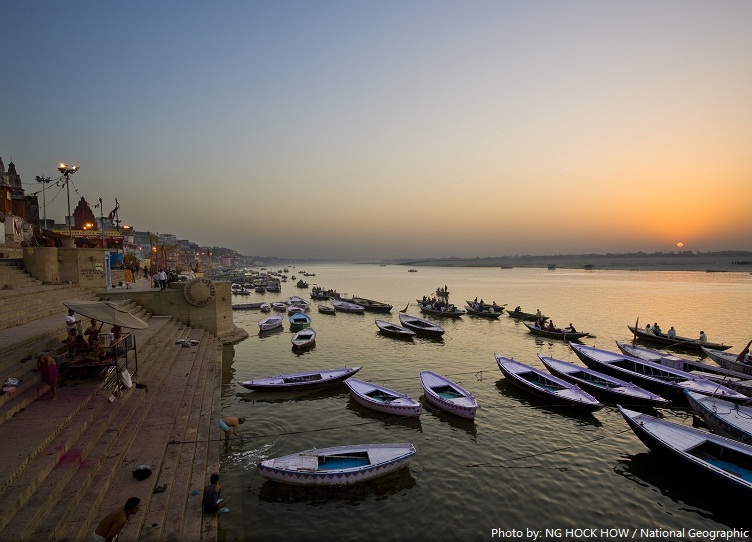
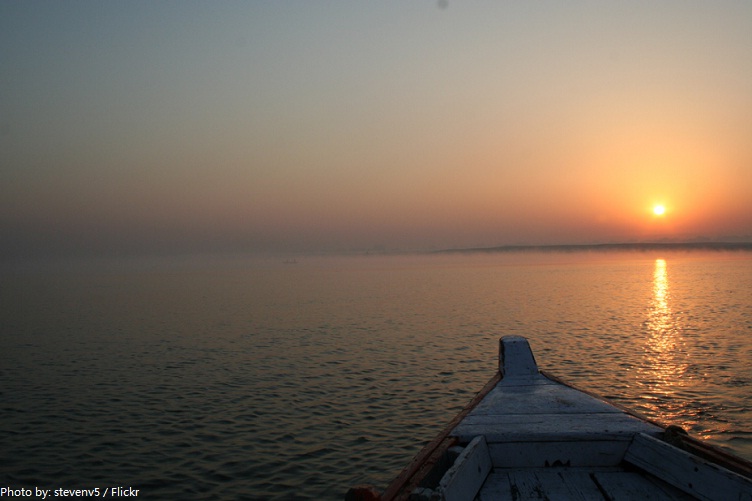

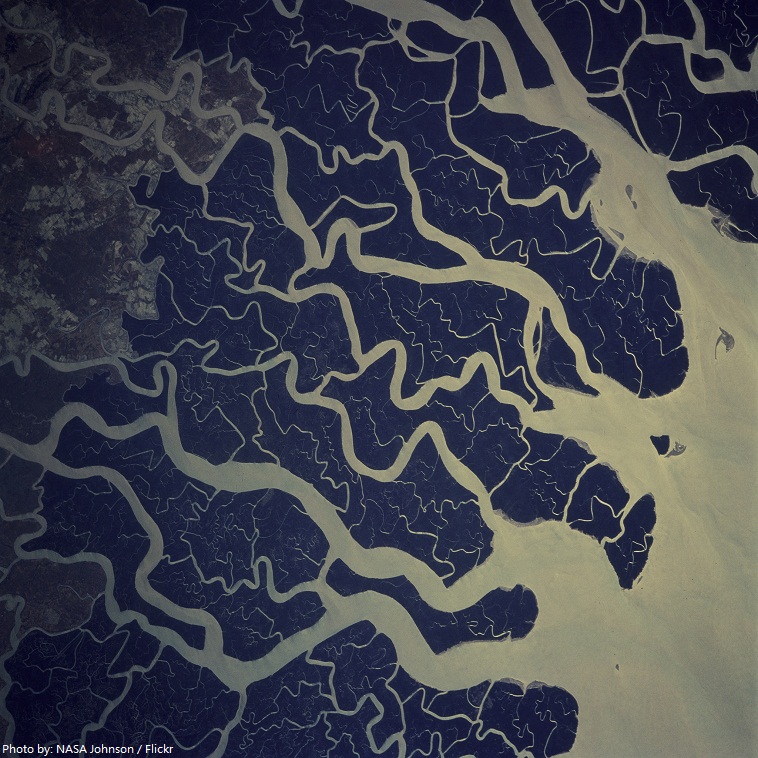
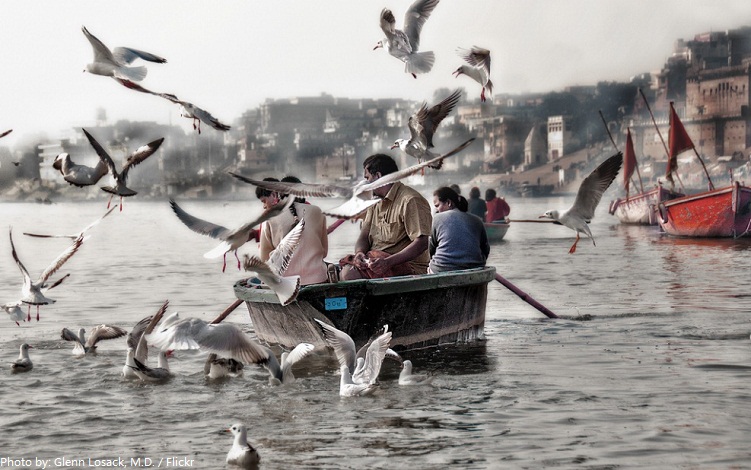

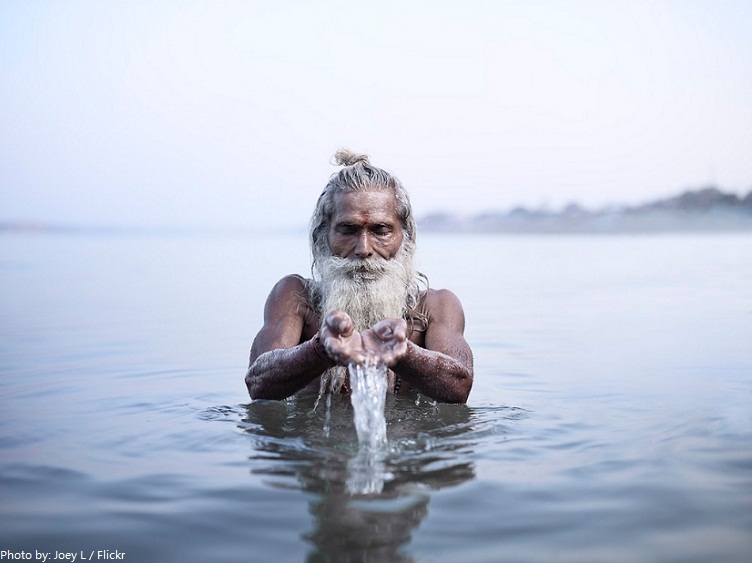
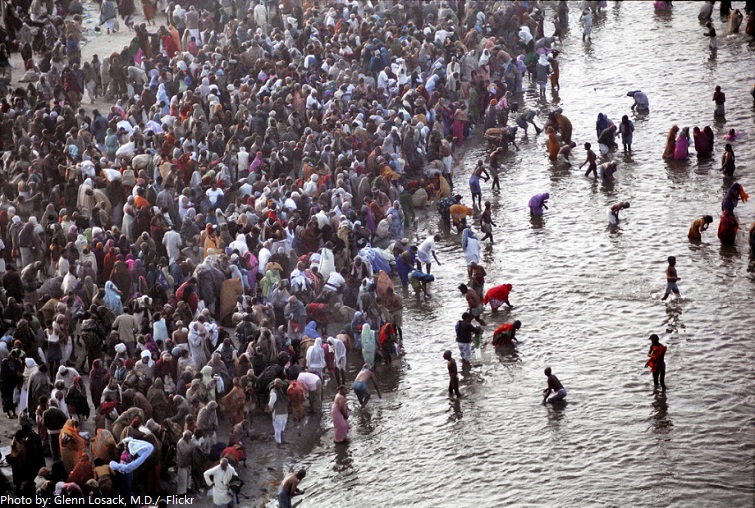
Comments are closed.